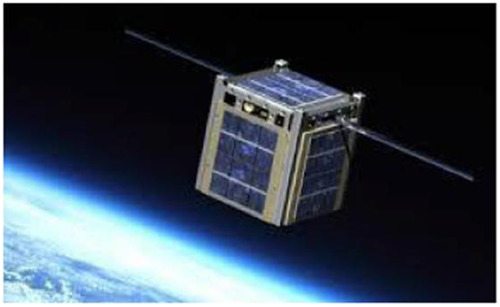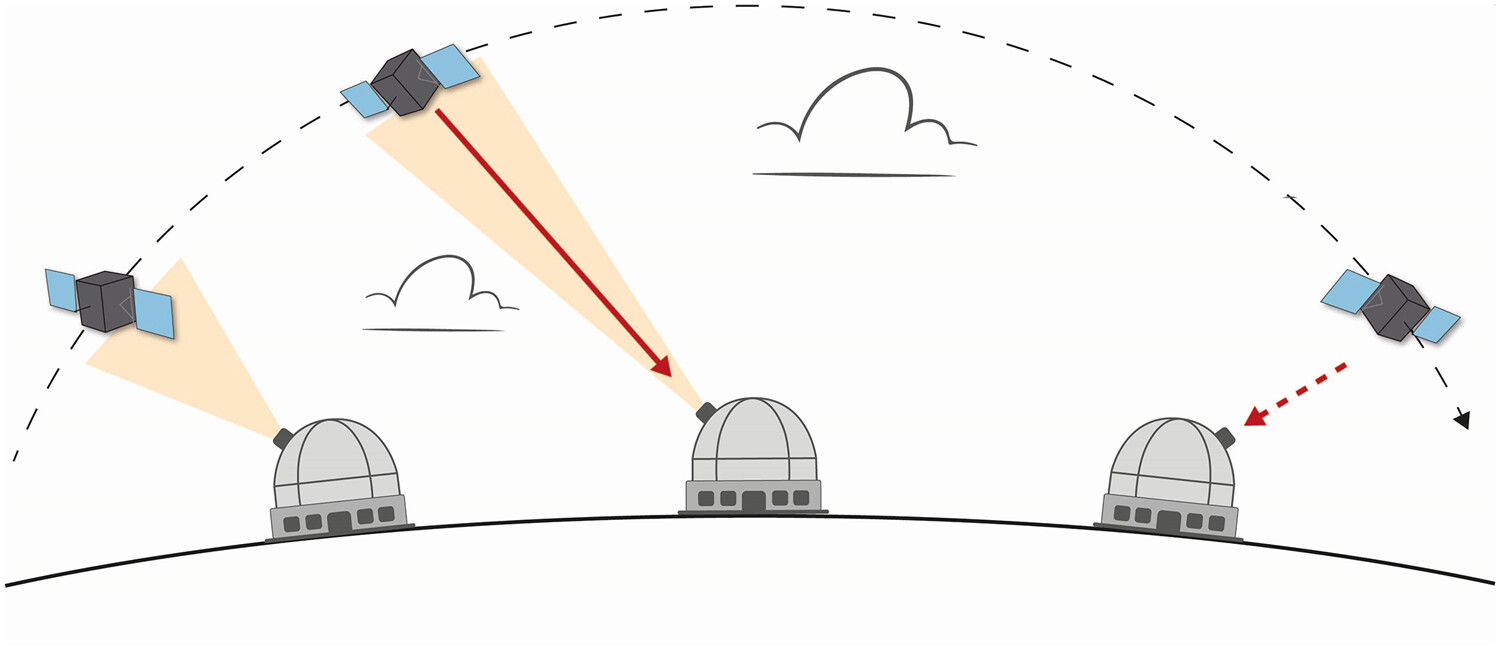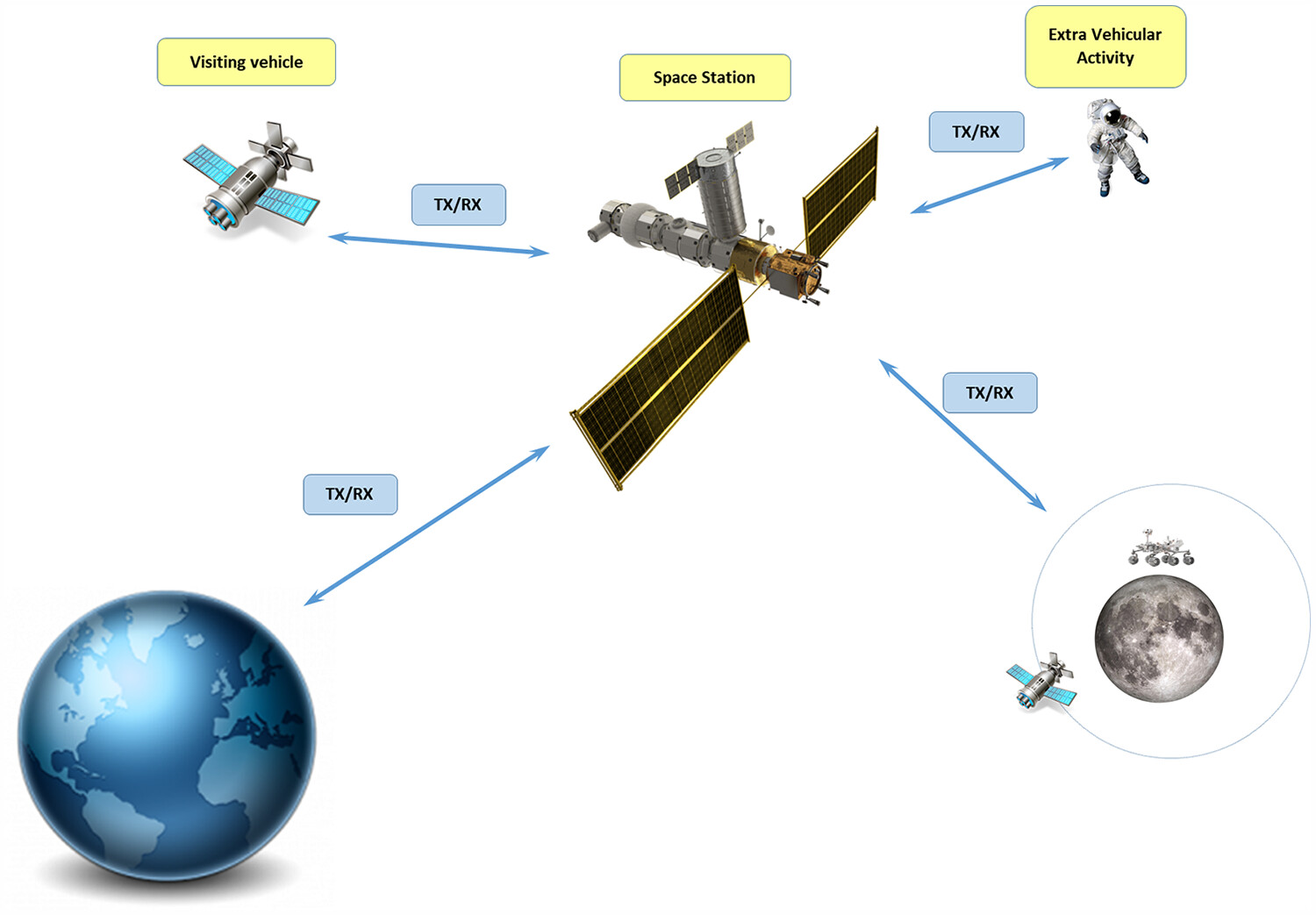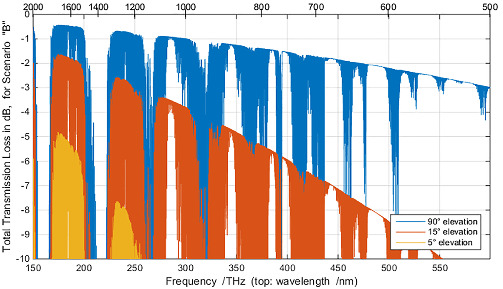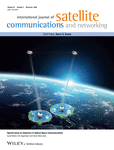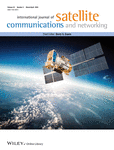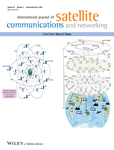Edited By: Professor Barry G. Evans
International Journal of Satellite Communications and Networking publishes technical papers on the theory, practice and operation of satellite systems and satellite networks. We publish papers by academics and professional engineers alike, covering new research results as well as systems operations, trials, and service provision.
Journal Metrics
- 4.7CiteScore
- 1.6Journal Impact Factor
- 8%Acceptance rate
- 5 days Submission to first decision
Articles
Orthogonal Transform‐Assisted OFDM Modulation Scheme for Nonterrestrial Network Systems
- 21 July 2025
Beam Management for Interference Mitigation in GEO‐LEO Satellite Networks With Precoding
- 10 June 2025
Performance Analysis of Twins4Space: Latency and Data Rates in a SpaceWire Network
- 28 May 2025
The following is a list of the most cited articles based on citations published in the last three years, according to CrossRef.
Performance enhancement of overall LEO/MEO intersatellite optical wireless communication systems
- 31-40
- 15 April 2019
Graphical Abstract
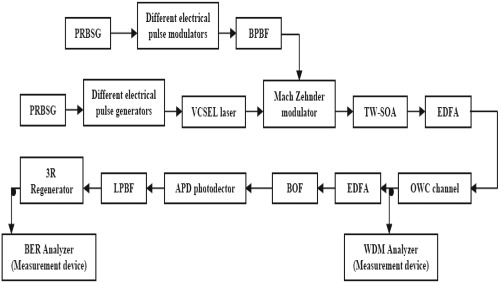
Performance signature of modulation techniques is studied based on low earth orbit/medium earth orbit intersatellite optical wireless communication systems for communication coverage distance of 20 000 km with transmission bit rate of 0.5 Tb/s. Electrical pulse generators can be employed with different electrical pulse modulators to enhance the performance communication link between LEO/MEO for the transmission data rate of 500 Gb/s and coverage distance of 20 000 km. It is indicated that both 4-DPSK and 8-PAM modulation techniques have presented optimum values of maximum Q-factor and minimum BER.
GPS spoofer countermeasure effectiveness based on signal strength, noise power, and C/N0 measurements
- 181-191
- 18 June 2012
Graphical Abstract

Spoofing signals can effectively mislead the GNSS receivers into generating false position and navigation solution. This paper analyses the effectiveness of C/N0 monitoring versus absolute power monitoring in the context of GPS spoofing countermeasure. As shown, whereas the C/N0 based spoofing discrimination is of limited effectiveness, with a modest circuit modification, the GPS receiver can measure the absolute power of the received signals, which is an effective means of detecting spoofer sources.
Small satellites and CubeSats: Survey of structures, architectures, and protocols
- 343-359
- 4 September 2018
Future technologies for very high throughput satellite systems
- 141-161
- 15 October 2019
Graphical Abstract
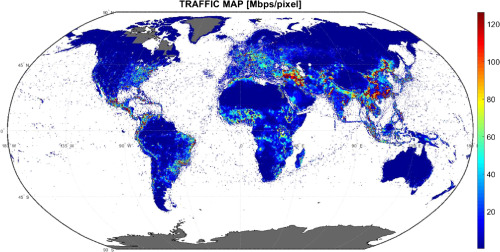
This special issue on the global and the local in engineering and development builds on an earlier JID policy arena on reflexive engineering. It extends our thinking by elaborating the notion of “liquid engineering,” which sees engineering and development as messy and improvisational, a borderland hybrid space, composed of objects and practices, and as reflexive and evolutionary. A set of research articles explores this in different ways using a set of case studies, and the policy arena that follows examines liquid engineering in the context of development practice. All the articles suggest that development engineering is at its most successful when embedded locally and informed by global standards flexed or adapted to local conditions. The local, through the integration of relevant case studies, can then also shape global practices in useful ways.
Use cases and scenarios of 5G integrated satellite‐terrestrial networks for enhanced mobile broadband: The SaT5G approach
- 91-112
- 15 May 2018
Graphical Abstract
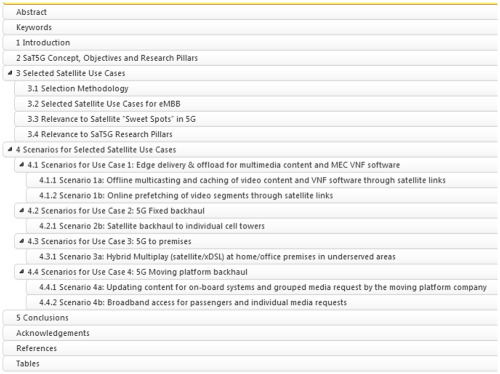
This paper presents initial results available from the SaT5G project. It describes the concept, objectives, challenges, and research pillars addressed by the SaT5G project. It also defines how satellite can be seamlessly integrated into the eMBB usage scenario for 5G, by elaborating on the SaT5G use cases and scenarios for satellite positioning in eMBB.
Recent issues
- Volume 43, Issue 3
Special Issue on Advances in Optical Space Communications
131-263May/June 2025Guest Editor(s):
Dirk Giggenbach, Ramon Mata Calvo






